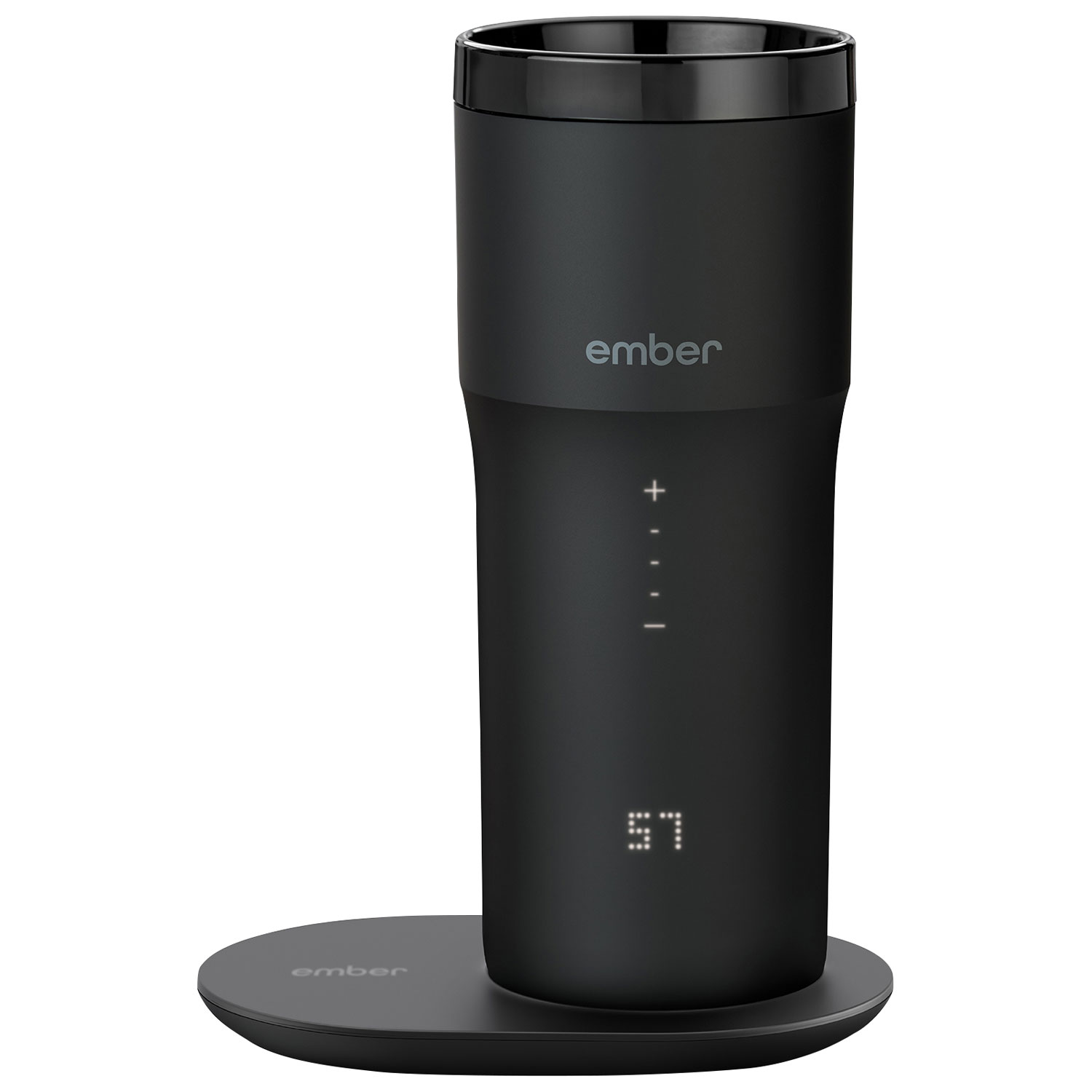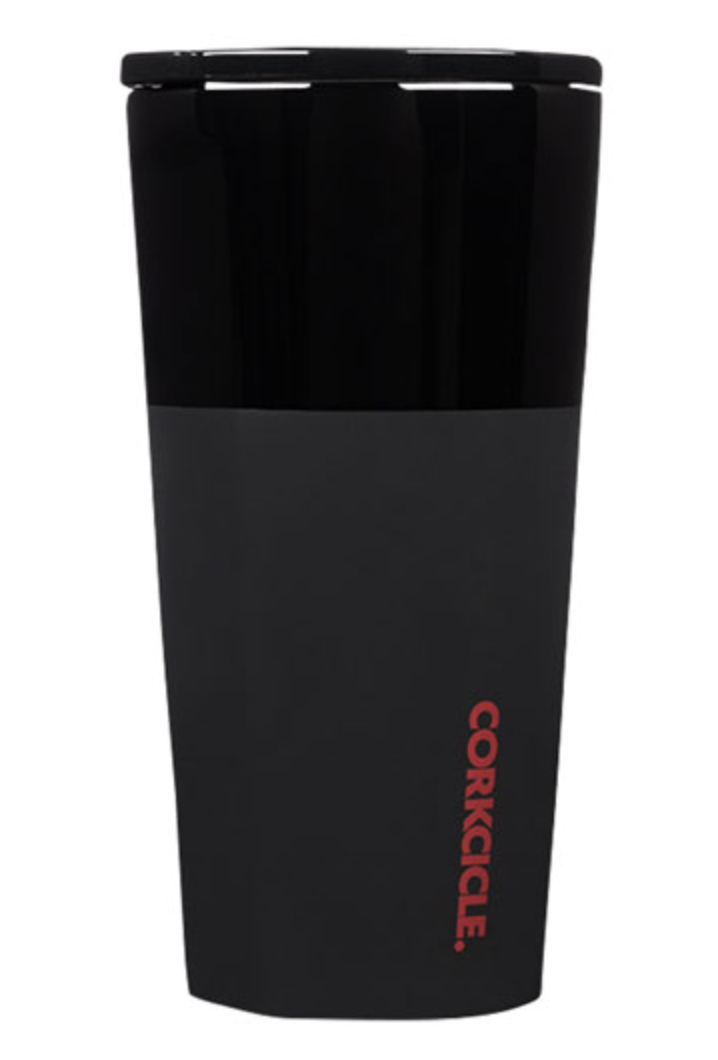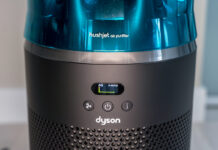
One of the easiest ways to decrease your daily carbon footprint is by switching from disposable to reusable water bottles, mugs, and cups. According to the University of British Columbia, Canadians go through 1.5 billion disposable coffee cups per year, which are often not recyclable. Seeing as there are only 45 million people in Canada, we could get that number down by a pretty significant margin if reusable cups were the go-to solution!
1. Reusable water bottles and mugs offer an elevated experience

The best part about using a reusable water bottle or mug (in addition to the environmental benefits), is that reusable products offer a more thoughtful, elevated experience overall. If you think about it, that makes a lot of sense! Unlike disposable products, reusable ones are designed to last for years and are priced accordingly. With something that’s reusable, companies have the resources to make sure your sipping experience is excellent every time.
With a reusable mug, you get the added benefits of a sleek design, enhanced shape, and often some very solid temperature control. Your ice water stays cold all day, or your hot coffee keeps its piping hot temperature. The same goes for water bottles, though some models intentionally sacrifice temperature control for a lightweight design. (I like to have one of each kind in the house: A large, reusable mug for keeping my drinks warm and a lightweight water bottle for when I’m going for a walk.)
2. Eco-friendly habit-building begins with consistency
The real advantage of reusable mugs and bottles is using them regularly and for a long time. It may come as a surprise, but according to a summary of a life-cycle assessment, it would take up to 100 uses of a reusable cup to compensate for the greenhouse emissions of a disposable cup. And, depending on the materials a reusable bottle or mug is made of, it would take 1,000 or more uses for it to make up for the overall ecosystem impacts.
What this tells us is that to offset the landfill waste and negative environmental impacts of disposable cups, we need to consistently drink our drinks from the reusable cups we already have. That’s why habit formation is so important. When you start getting into the habit of using a reusable mug (whether that’s because you wanted to limit your use of disposable cups, or because you liked the look and the improved design), you have to stick to using it regularly for it to actually become an eco-friendly choice. Thankfully, the longer you stick to something new, the easier it becomes to do it out of habit—and the bigger the impact you’re making.
3. Switching slowly makes an impact

If you’re looking to make the switch to a reusable bottle or mug, my top piece of advice is to switch slowly. A product’s carbon footprint begins even before the manufacturing process. For most consumer goods, that’s where the ecological impact is at its highest.
The most eco-friendly choice you can make is an easy one: Use and reuse what you have on hand. Then, recycle and replace your beverage container when it’s time—not when it’s on trend. By using what we already have for as long as possible, we have the ability as consumers to minimize our ecological impact. They’re little choices that we can make every day, but they add up over time.
Waiting until you truly need something new is a great, easy way to make an impact with your lifestyle choices. And, as professors Katherine White and Bonnie Simpson found, social influence can create new patterns of behaviour that spread through neighbourhoods. Your small choice to get the most out of your current bottles and mugs could help save a few more bottles down the line.
Shop reusable mugs and water bottles online at Best Buy if you need one … or when it’s time for a new one.





